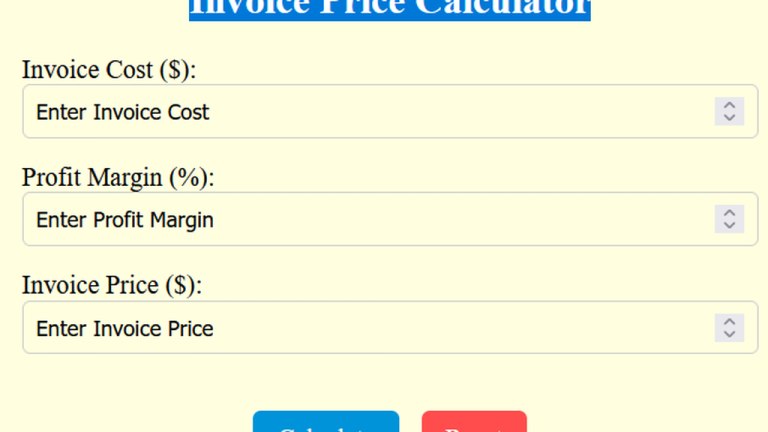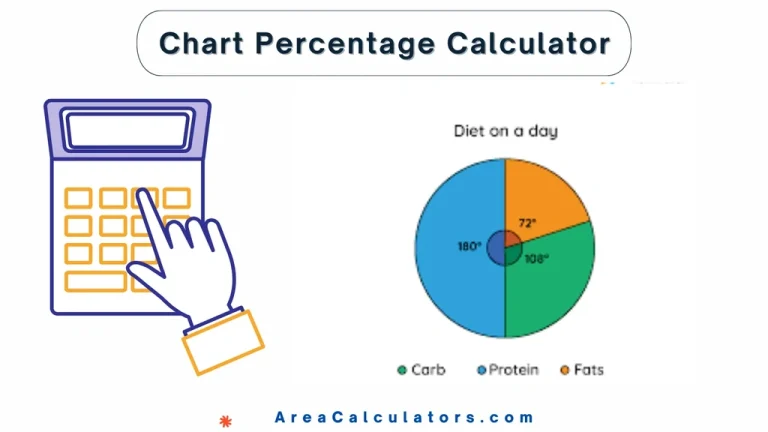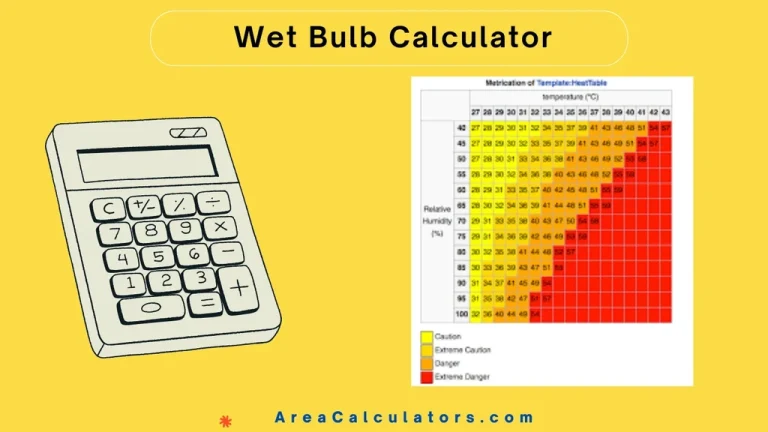Efficiency Calculator
The Efficiency Calculator can smoothly assess the performance of machines, systems, and processes by calculating the ratio of useful output to energy input.
This measurement is necessary in a wide range of fields, including physics, engineering, and business, helping identify areas for improvement and optimize energy use.
By conveniently entering the output and input values, you can quickly obtain the efficiency percentage, making this calculator suitable for analyzing productivity, energy consumption, and overall performance.
Formula
| Variable | Description |
|---|---|
| N | Efficiency (%) |
| Wo | Useful Output Work (units) |
| Ei | Energy Input (units) |
Solved Calculations
Example 1:
| Step | Calculation |
|---|---|
| Useful Output Work (Wo) | 300 units |
| Energy Input (Ei) | 400 units |
| Efficiency Calculation | |
| Result | 75% |
Answer: With an output of 300 units and input of 400 units, the efficiency is 75%.
Example 2:
| Step | Calculation |
|---|---|
| Useful Output Work (Wo) | 500 units |
| Energy Input (Ei) | 800 units |
| Efficiency Calculation | |
| Result | 62.5% |
Answer: With an output of 500 units and input of 800 units, the efficiency is approximately 62.5%.
What is an Efficiency Calculator?
The Efficiency Calculator is undoubtedly an efficient tool. It offers an intuitive way to assess the ratio of useful output relative to the input for various processes, whether in energy, production, or mechanical applications. By simply entering values such as input power, output power, or time spent on tasks, this calculator provides insights into performance effectiveness across different areas.
For example, it helps measure how well energy is utilized in a system, calculate production yield in manufacturing, or evaluate time efficiency in business tasks.
This tool is particularly productive for engineers, analysts, and anyone seeking to optimize processes. Using it not only highlights areas for improvement but also aids in setting realistic efficiency goals. Additionally, its flexibility allows for applications in diverse sectors, from calculating motor efficiency to evaluating energy use in buildings.
Final Words:
In summary, the Efficiency Calculator serves as a practical tool for measuring effectiveness, supporting efforts to maximize productivity and minimize waste in various settings.



